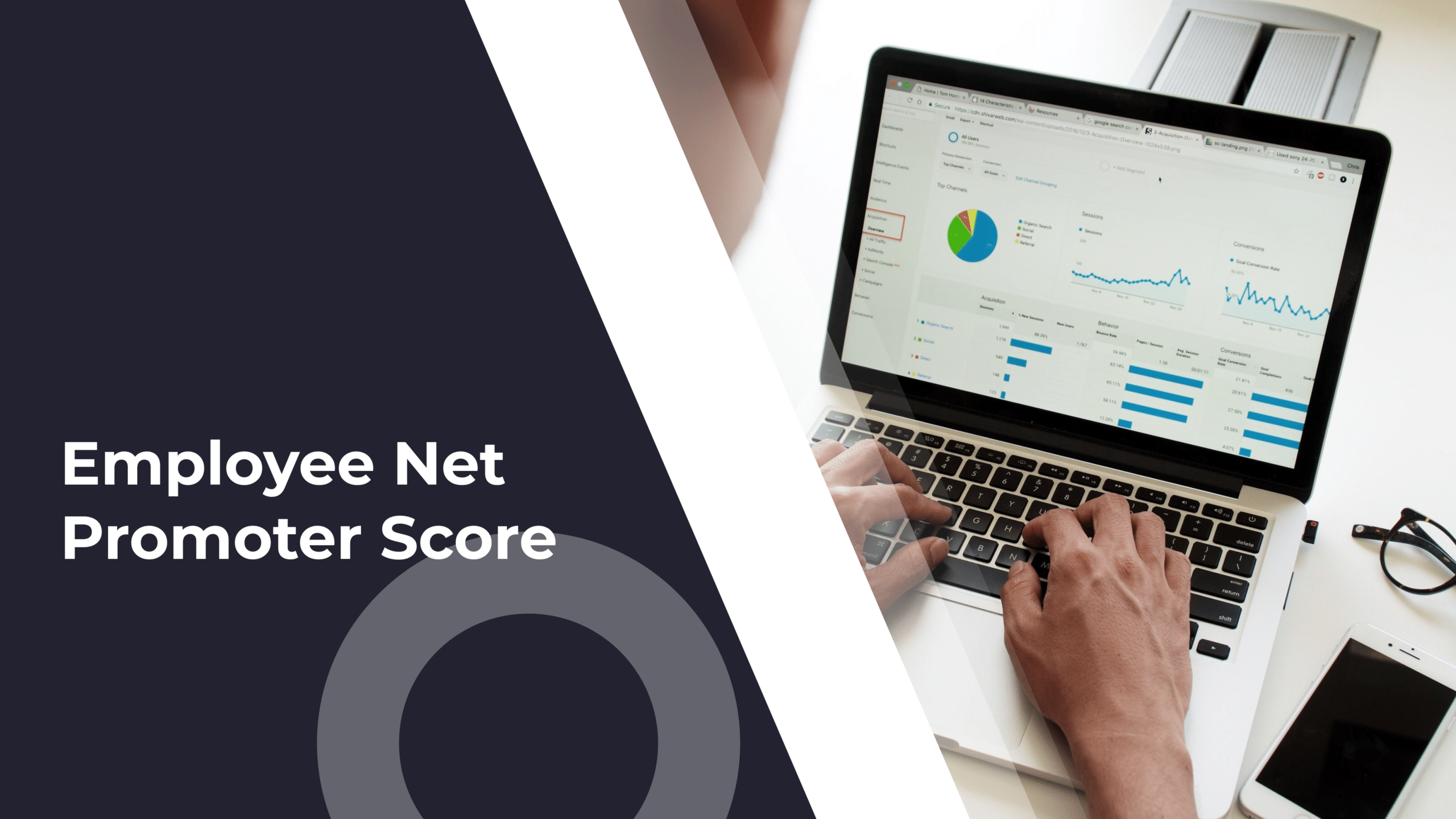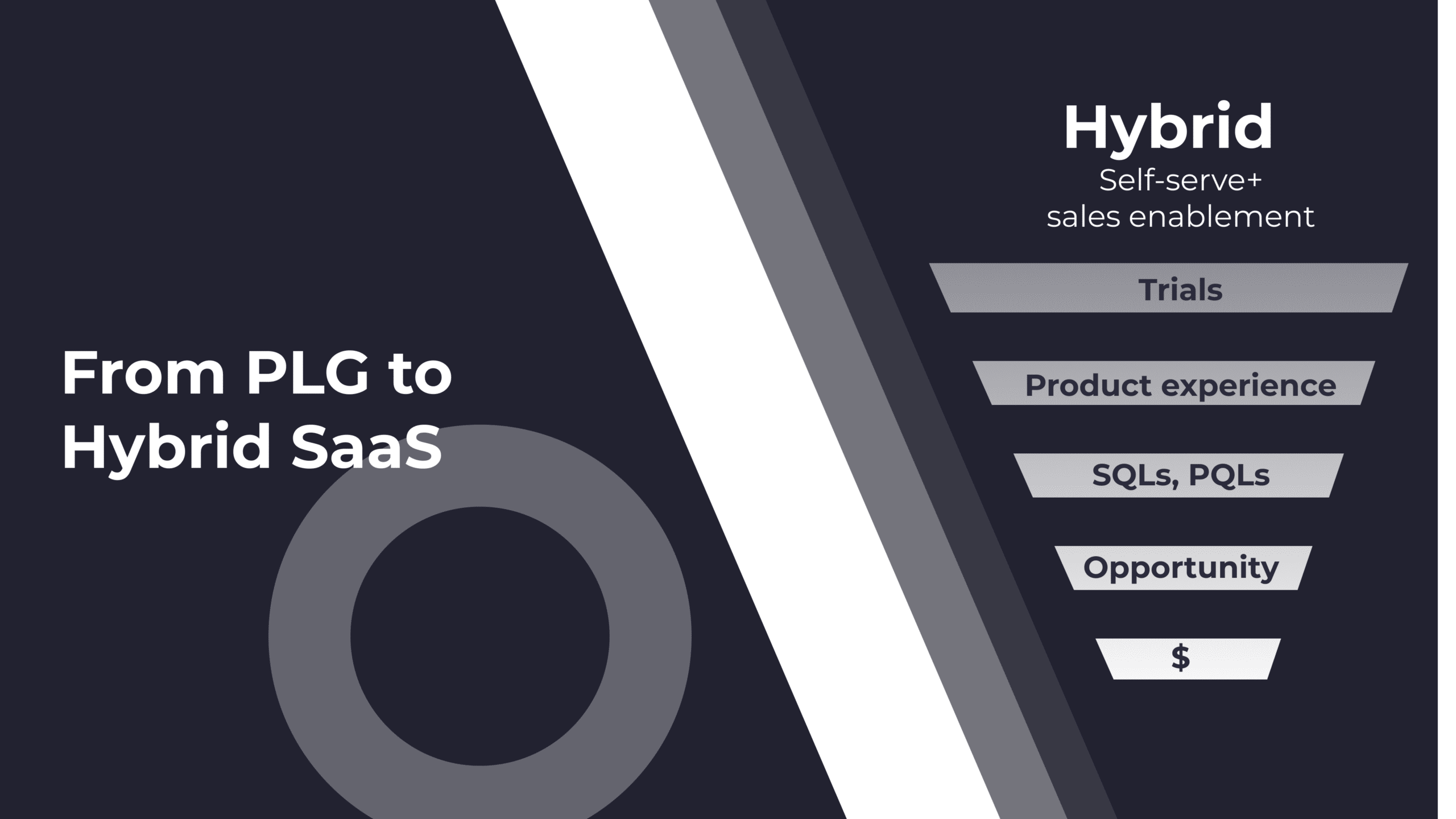We talk about proactive customer success a lot at Custify.
Your customer success team should take action to help customers meet their goals. Do not wait until there’s a problem.
Customer success is about seeking out problems and solving them before your customer even realizes that something’s wrong.
That’s easy to say. But that’s harder than it sounds.
Even with sophisticated monitoring and a lot of data, you still need to know how to identify a potential problem.
How do you do that? Many companies rely on data from customers that have churned in the past. For example, your data may tell you that decreased usage of your app indicates that a customer is likely to churn.
Using historical data like this makes sense. It helps you figure out the warning signs of churn based on actual customer actions. But there’s a fundamental flaw in this idea: it’s focused on failure.
Focusing on success, instead of failure, will help you predict churn more accurately and take steps to prevent it more effectively.
We’ll take a look at what really drives proactive customer success. But before we can do that, let’s talk about the obstacle that gets in the way:
Most Companies Understand Customer Failure
Think about some of the common warning signs of churn:
- Decreased product usage
- Visiting the cancellation page
- Receiving complaints
- Less content engagement
- Payment problems
When a customer success manager is alerted to one of these things, they’ll reach out to see what they can do.
That’s a reactive method of customer success. And by the time a CSM is alerted to these symptoms, it’s often too late. The customer is already dissatisfied. You need to do more than address the symptoms reactively.
Reaching out on a regular basis is a more proactive approach. You can see how customers are using your product, if they’re finding it useful, and if they need help.
That’s an improvement. Regular contact is helpful for everyone involved. And you might get a glimpse of the underlying causes of churn if you’re paying very close attention.
But that’s not good enough. If you want to really understand what it takes for your customers to succeed, you need to go beyond metrics.
Metrics show you what it means for a customer to fail. Not what it takes for them to succeed. To find out what causes success, you’ll need to dig deeper.
Where Customer Success Starts
Here’s an important insight from Greg Daines: customers who complain more are more likely to renew.
Does that surprise you?
It’s counterintuitive, but it gets at the core reason that companies succeed: they’re engaged with your product or service and they want to make it work.
Sometimes they want you to change how your product or service serves them. Other times they’ll make a change in how they run their business. Either way, they’re making a change.
And that’s a crucial factor in business success. Flexibility and the willingness to try new things means companies can take full advantage of the tools they use. And that provides significant benefits.
The way to find out what makes your customers succeed, then, is to find out how they adapt to using your tool.
Maybe they tweak their project management system to better use the visualization tools in your apps. Or they tally their finances differently so you can better serve as their accountant.
Every product and service requires slight changes to how their customers work—if customers’ behavior doesn’t need to change, then what need is there for a new product?
Where things get tricky is figuring out which behaviors and changes are correlated with success in your specific customer base. You can’t compare between two different groups; what makes one company’s customers successful might not be related to success at all in another group.
The challenge is figuring out which changes are important to your customers. There’s no metric for that.
Instead, you’ll need to rely on experience. Draw on insights from your salespeople, customer success agents, account managers, and any other customer-facing employees. They’ll tell you which factors are related to ultimate customer success.
(Of course, you could try to automate this process. With enough data and a talented analyst or two, you’ll probably come up with some really good guesses. But they should always be supplemented with real-world experience.)
Here are a few questions you might consider:
- Who are our most successful clients?
- What do they have in common?
- Why are they so successful?
- What behaviors or processes have they changed to ensure their success?
Any questions that help you identify the unique aspects that make specific customers successful will be helpful in the next step.
Create A Success Framework
Spend some time reflecting on your customers and asking your employees to do the same. Don’t rush this process—it might take a while to start seeing the patterns that underlie customer success.
But they will surface. And once they do, you can start turning them into a usable framework that you can use to help other customers succeed with your product or service.
You might think of a dozen things that contribute to customer success, or you may only come up with a few. That’s fine. What’s important is that they’ve been proven with past customers and that you put them to use.
For example, you might come up with a chronological framework that you can use with future customers, like this:
1. First six months: integrate previous analytics system with new reporting tool.
2. First year: move 90% of reporting from previous system to new tool.
3. Second year: move 100% of reporting to new tool.
4. Third year: establish full-time position for reporting specialist.
Or it could be focused on specific groups of people:
- Get to 85% adoption with customer service reps.
- Run all customer service managers through in-house training.
- Familiarize developers with integrations to existing system.
These are very vague examples, but you can see how straightforward they are. It might be difficult to summarize all of your findings in a short list like this, but it makes things easier in the long run.
That success framework can become part of your onboarding sequence. Let new customers know that the most successful companies you’ve worked with have prioritized these things and gotten results.
And continue that process through your customer success program as well. Make sure your reps move customers toward those goals whenever they can.
Because when your customers are successful, you’re successful. So these factors are your responsibility, too.
Focus On Improvement
This process isn’t over when you’ve distributed the framework to your teams. To continually foster customer success, you’ll need to continue collecting data and insights. And, of course, using those to update your framework.
Maybe your reps will discover a new factor that contributes to customer success. Or a data analyst will uncover something you hadn’t thought of before.
Don’t just be open to these insights—actively pursue them. Always be on the lookout for more early signals that a customer is going to succeed. Then use that experience to encourage other customers to make changes.
Shifting your view of what constitutes proactive customer success isn’t going to happen overnight. It takes time to get your employees onboard, collect data, create actionable frameworks, and keep them updated.
In short, it requires a shift in the mindset of your company.
Adopting this view of customer success will help you be truly proactive in preventing churn. You’ll still need to monitor warning signs and address problems when they come up.
But with deeper insights into the core behaviors that help your customers succeed, you’ll be fully embracing the consultative nature of customer success. And that’s what really reduces churn.




